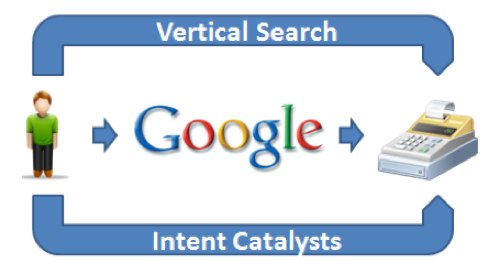The battle between every startup and incumbent comes down to whether the startup gets distribution before the incumbent gets innovation.
The TiVo Problem
In 1999, ReplayTV and TiVo invented the Digital Video Recorder (DVR). It was an incredible innovation — allowing you to “pause” live television.
But TiVo had no value without “content” to pause. That content, by and large, was distributed via cable and satellite TV networks.
And because TiVo was separate from your cable box, using it was far from simple. If you wanted your TiVo to “know” what shows were on (and consequently record them), you’d have to have it connect (via modem/phone line — remember, TVs were not placed near phone jacks) to a TiVo server to download them.
Clearly TiVo had an enormous channel opportunity. What if Comcast, Adelphia, Cox, and other large cable companies simply distributed TiVo to their customers? Wouldn’t that be a home run for TiVo and the cable companies — a new service that would delight customers with a massive new revenue stream to boot? And, integrated with the cable box, the TiVo product itself would get better, too.
But — and this is what I call the TiVo problem — that doesn’t normally work out well, and if you look at your cable box today (with a generic DVR function, I would bet, built-in), you know how this story ends.
If you’re TiVo trying to cut a deal with a Comcast, one of the below normally happens:
- You partner with Comcast, but Comcast dominates the economics of the deal, in some cases restricting your cooperation with its competitors. (rare to partner)
- You sell your whole company to Comcast, but you’re not selling a company, you’re selling an awesome product…and somebody else might have an awesomer product (or a worse one that is deemed better by the technology team at Comcast). Moreover, if you already have commercial deals with Comcast, Adelphia, Cox, et al…, Comcast won’t value your ex-Comcast revenue (because it will disappear upon acquisition by Comcast!), dramatically reducing your independent valuation. (rare to sell)
- You get screwed by Comcast. Comcast builds a crappy version of your product, but because they have the distribution, they can and will beat you. (common)
TiVo did not fail, but it became a patent troll of sorts. It has a market cap of less than $1B today, despite having collected more than $1.6B in patent settlement funds from the “Comcasts” of the world.
The Winning Strategy: Go Boring
Given that the common outcome to the “TiVo problem” is getting clobbered by Comcast, how do you deal with this situation?
The answer is often to “go boring“ and be patient. This was a big mistake I made at TrialPay, which put relevant offers around the payment flow. We built a great product/service/business on top of payments, but it wasn’t core — merchants didn’t start off looking for or needing our product. They started off looking for what I thought was boring, cheap, commoditized payment processing. Going back to the analogy: Consumers want/need Comcast more than they want/need TiVo. Or at the very least, the chronology starts off with Comcast.
In 2006, I thought “Why build a ‘boring’ commodity payment business like Stripe or Square (that did not yet exist), when we could build the lucrative feature missing from all the commoditized payment processors?” We had insanely better unit economics than they did.
But these payment processors had the customer relationships, and they had the starting product that the customer wanted. Eventually we sold TrialPay to Visa, and I think a lot of value will be created for Visa from that deal, but not nearly as much for TrialPay shareholders had we owned the channel.
This is the flaw with looking at Square and Stripe and calling them commodity players. They have the distribution. They have the engineering talent. They can build their own TiVo. It doesn’t mean they will, but their success hinges on their own product and engineering prowess, not on an improbable deal with an oligopoly or utility.

